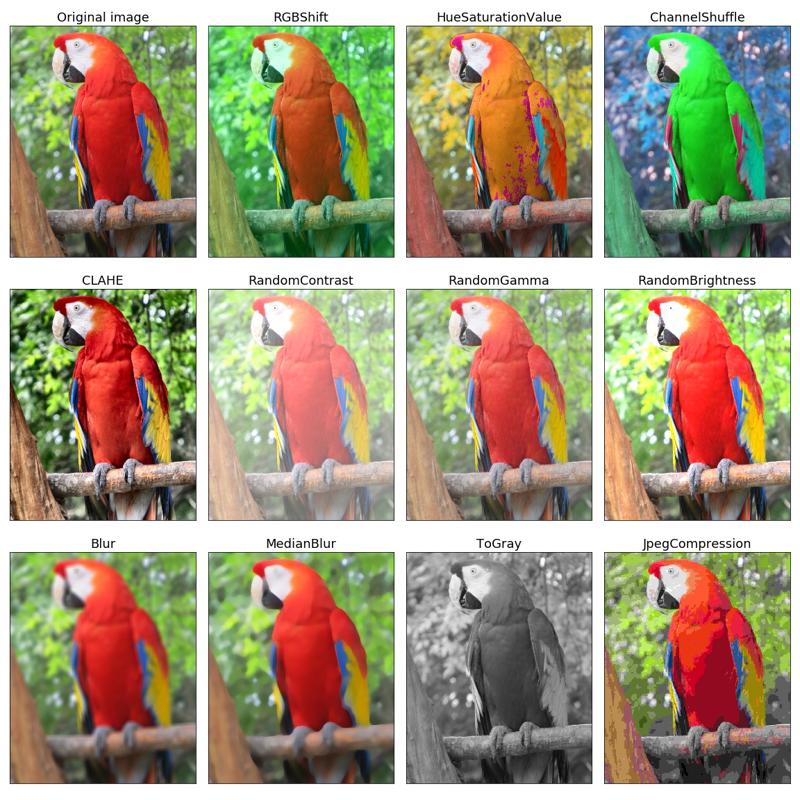When it comes to image processing and computer vision tasks, data enhancement is an indispensable step. To build machine learning models, a clean dataset is a fundamental requirement. This article will introduce some techniques for image dataset enhancement and cleaning, as well as how to fully utilize this library in practical applications to improve the performance and robustness of the model.
1.Removing Duplicate and Low-Quality Images
Removing Duplicate Images:
Importance: Duplicate images can cause the model to overfit during the training process, meaning the model might learn features from specific repeated samples rather than generalizing to new, unseen data.
Method: Duplicate images can be detected by calculating the perceptual hash value (pHash) of the images. pHash is a type of image fingerprint that is generated by comparing the DCT (Discrete Cosine Transform) coefficients of the images. If two images have very close pHash values, they are likely duplicates. Additionally, image feature matching algorithms (such as SIFT or SURF) can be used to detect visually similar images.
Tools: Open-source libraries like ImageHash or Pillow (a Python image processing library) can be used to implement this process.
2.Correcting Mislabeling and Removing Watermarks
Removing Watermarks:
Importance: Watermarks can interfere with the model's learning of image content, especially in image classification and object detection tasks.
Method: Watermarks can be manually removed using image editing software, but this is obviously impractical for large amounts of data. Automated watermark removal tools, such as Kaze, can effectively identify and remove watermarks from images.
Tools: Kaze and other watermark removal tools are known for their simple and intuitive user interfaces, allowing even first-time users to quickly master their use. These tools are generally effective at removing text and graphic watermarks from realistic product images and anime images. Watermark removal models are sensitive to text watermarks, but especially when dealing with peculiar fonts, complex backgrounds, or subtle color differences with the original image, there is room for improvement in their effectiveness.


Correcting Mislabeling:
Importance: Incorrect labeling can cause the model to learn incorrect features, thereby affecting the model's accuracy and generalization ability.
Method: Mislabeling can be corrected through manual review, but this is impractical for large datasets. A more effective method is to use pre-trained models to predict labels, then compare the prediction results with existing labels to identify possible mislabeling.
Tools: Deep learning frameworks like TensorFlow or PyTorch can be used to build and train pre-trained models.
3. Data Enhancement and Outlier Detection
Data Enhancement:
Importance: Data enhancement increases the diversity of the dataset by generating new training samples, which helps the model learn a wider range of features, thereby improving the model's generalization ability.
Method: Common data enhancement techniques include random cropping, rotation, flipping, scaling, and color jittering. These techniques can increase the diversity of the dataset by simulating different visual conditions.
Tools: Albumentations is a Python library for image enhancement. It offers a range of powerful image processing techniques for data preprocessing, data enhancement, and data expansion. Albumentations is characterized by its efficiency, ease of use, and flexibility, making it suitable for computer vision tasks such as image classification, object detection, semantic segmentation, etc. Albumentations supports various image enhancement methods, including but not limited to:
Cropping and scaling images
Rotating and flipping images
Adjusting brightness, contrast, and saturation
Adding noise and blur effects
Performing color transformations on images
Increasing the clarity and sharpness of images
Randomly occluding and distorting images, etc.


